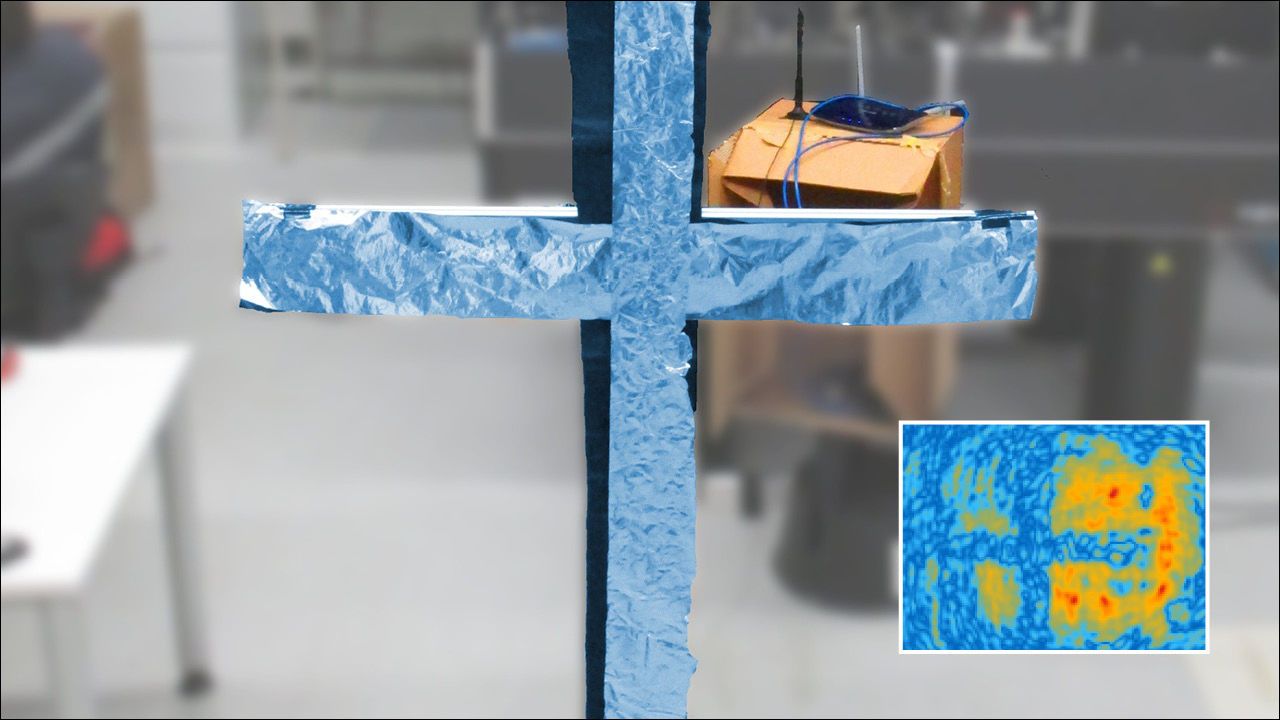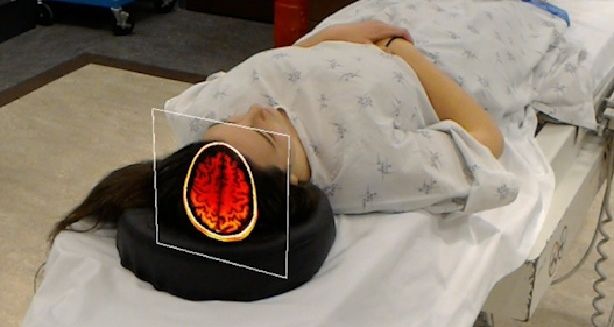Microsoft Research has published a technical paper reviewing their work with near-eye displays for virtual and augmented reality to project phase-only holograms.
The team built a holographic projector that displayed a series of sub-holograms, which allowed the hologram to display variable depths of focused light. The projector was then combined with a series of eyepieces to achieve the displays.
With their prototype display, the team was able to achieve high-quality holographic images. By processing holograms in the GPU, the team rendered 3D models in real time with depth-of-field.


